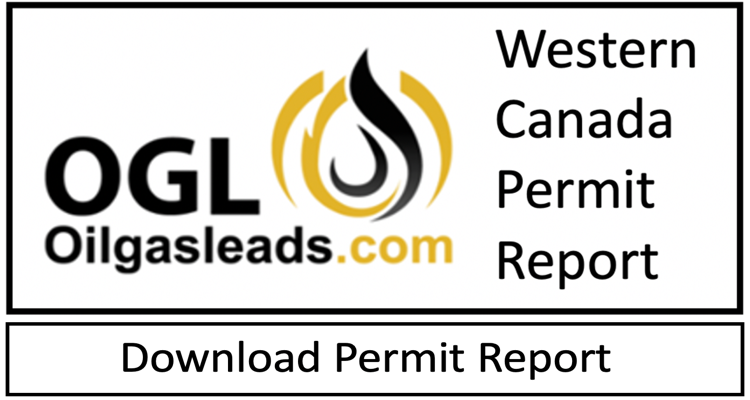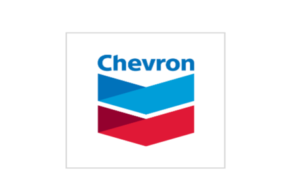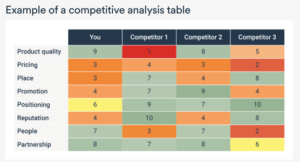Western Canada Oil Gas Permit Report summary April 13, 2021 – 71 Operators and 195 well, spud & facility permits approved last week in Western Canada last week.
Permit Summary
- Facility Permits – 21 Operators and 33 oil & gas facility permits
- Well Permits – 25 Operators and 87 oil well permits
- Wells Spud – 25 Operators and 75 spud permits
Top Operators Operators
- Facility – Canadian Natural Resources Limited (7), Peyto Exploration and Development Corp. (5), Rolling Hills Energy (3)
- Well permits – Canadian Natural Resources Limited (9), ORIGINAL OIL INC. (4), Tourmaline Oil Corp (15)
- Wells Spud – Cenovus Energy Inc. (8), Spur Petroleum Ltd. (17), MEG Energy Corp. (4)
Download Western Canada Oil & Gas Permits
Oil & Gas News
Permit Summary
Oil & Gas Facility Permits Western Canada
Facilities are a system of vessels, piping, valves, tanks and other equipment that are used to gather, process, measure, store or dispose of petroleum, natural gas or water. … The upstream facility network includes equipment for the handling of oil, natural gas, natural gas liquids, and water. The table is a summary of new facility permits and facilities permits appended for upgrade to production or equipment.
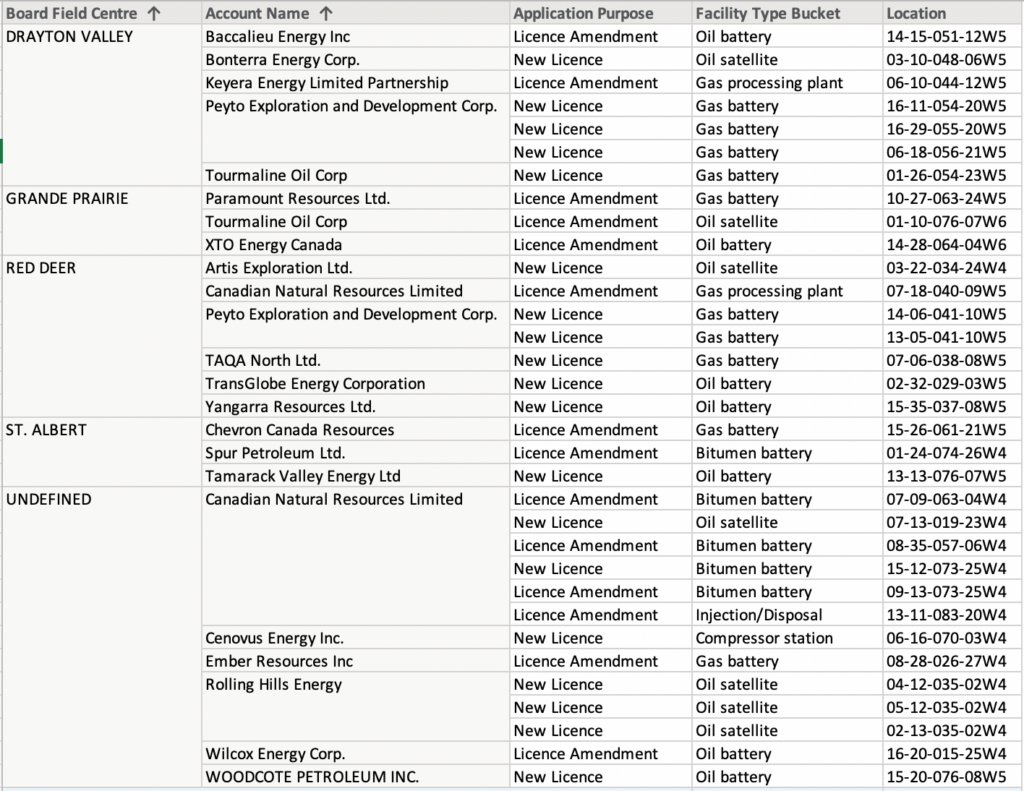
Oil & Gas Well Permits Western Canada
Well Permits Overview Status of a well identifies its current state of activity. Over the life of a typical well it will have a progression of status changes – licensed > drilling > completed > production/injection/disposal > suspended > abandoned (decommissioned). The lifespan of a well can vary, from a few years to many decades. A well may go directly from a drilling status to abandoned status if it is unsuccessful in finding oil or gas.
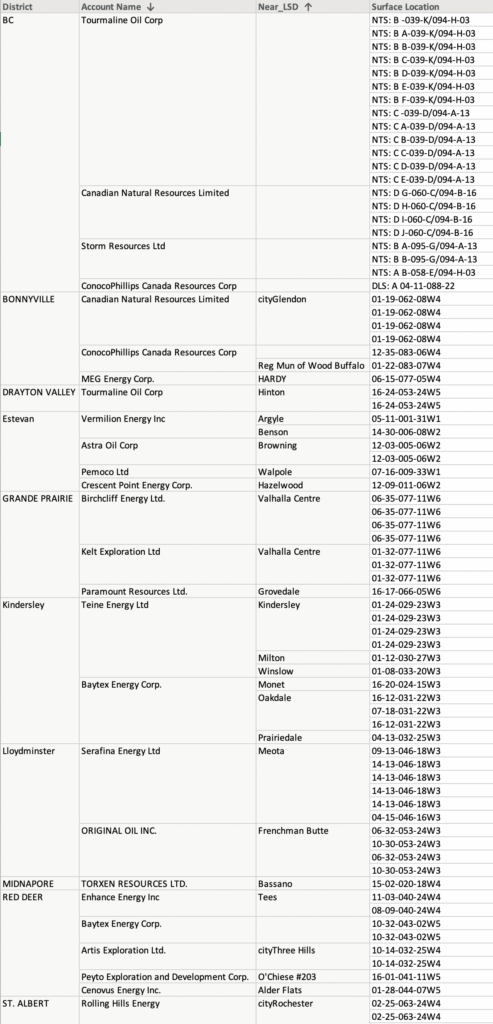

Wells Spud Permit Western Canada
Spudding is the process of beginning to drill a well in the oil and gas industry. … After the surface hole is completed, the main drill bit—which performs the task of drilling to the total depth—is inserted and this process can also be referred to as “spudding in.”
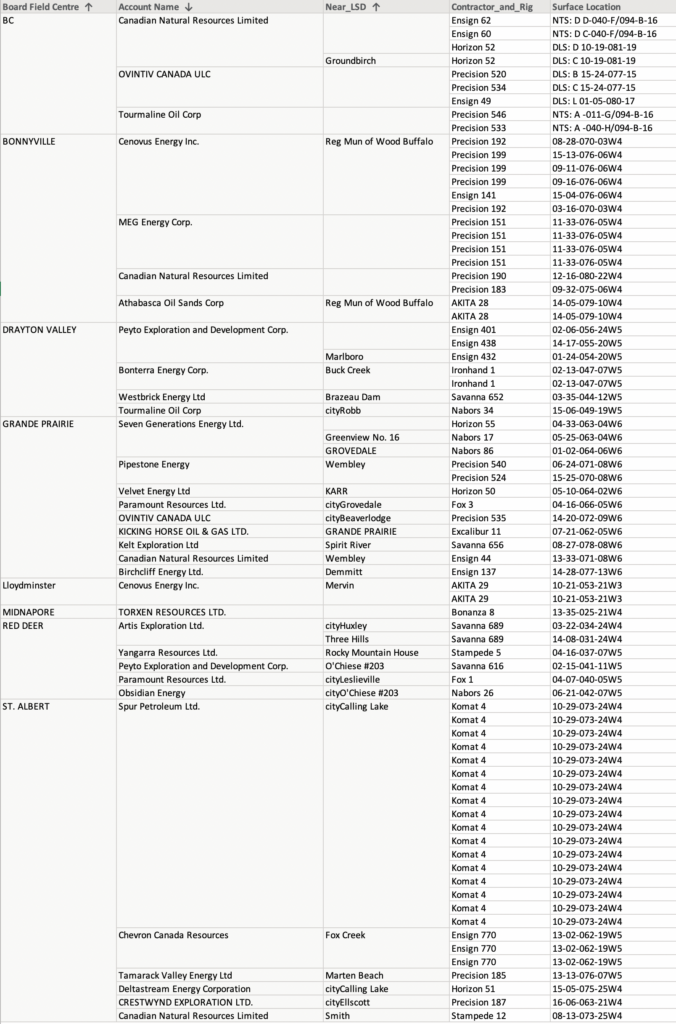
Sign-up Free Oil & Gas Permit Email
* These fields are required.
Western Canada Permit Average Summary
When to Use a Count, a Percentage, or an Average to Measure your Strategic Goals
When you’re asked to come up with a Key Performance Indicator (KPI) to measure your strategic goals, do you consider the pros and cons of the various ways to quantify your measure? It’s easy to default to the first quantification method that comes to mind when we’re designing a measure. But the default isn’t always the best choice. I’ve realized, when working with my clients, that helping teams understand their options has helped them produce much better measures.
- For some goals, we’re interested in straight-out counts because it’s the existence of something that is important to improve, rather than its rate of occurrence. We simply want more of the stuff, or less of it.
- For some goals, it’s more useful to know the rate of occurrence to really understand if change is happening. A simple count would mislead us to the wrong conclusion about trends, so we need to normalize the measure.
- Then there are goals that are about the degree of change, rather than the rate of occurrence of change. A percentage would tell us only whether or not a result was achieved, rather that the degree to which that result was achieved.
Western Canada Facility Permit Count & Average
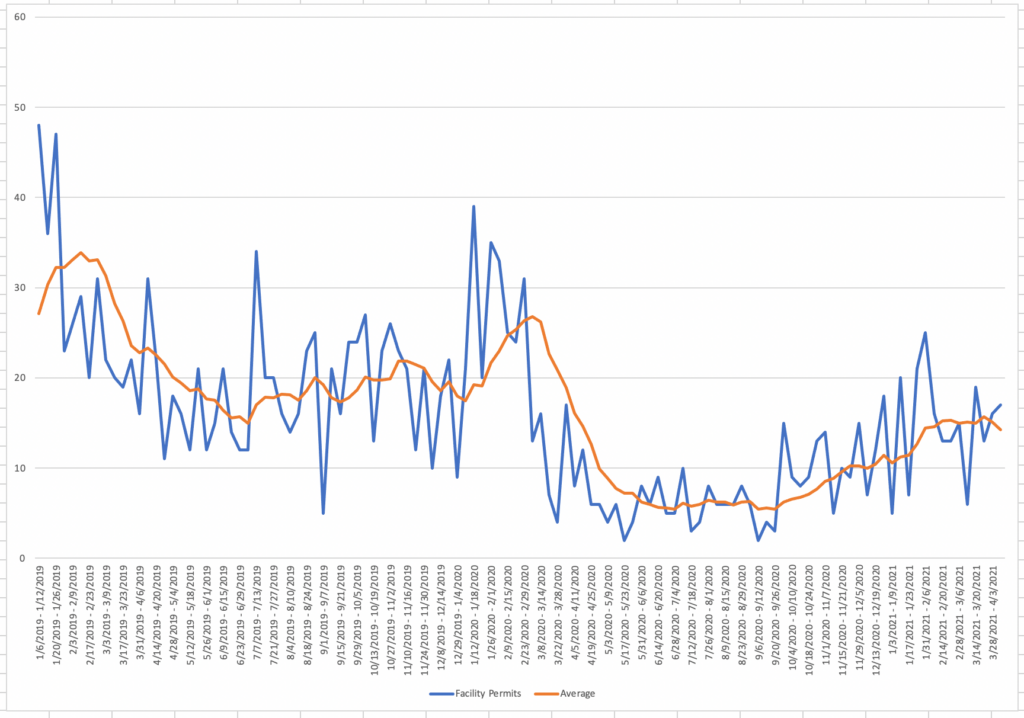
Western Canada Well Permit Count & Average
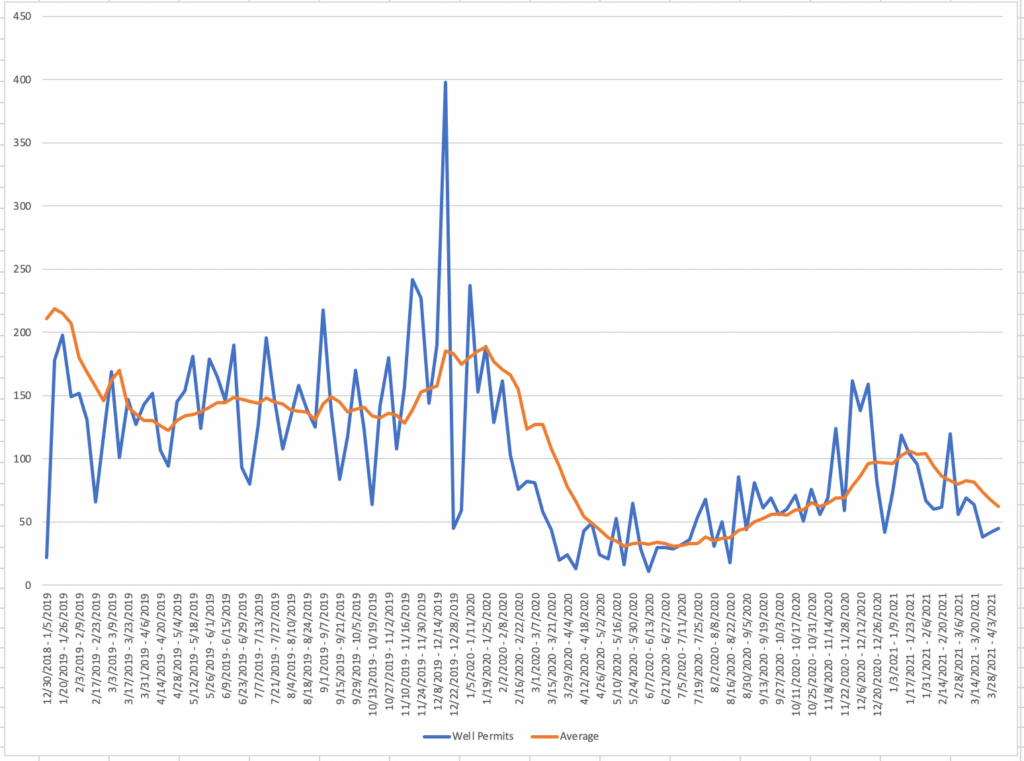
Western Canada Wells Spud Count & Average


